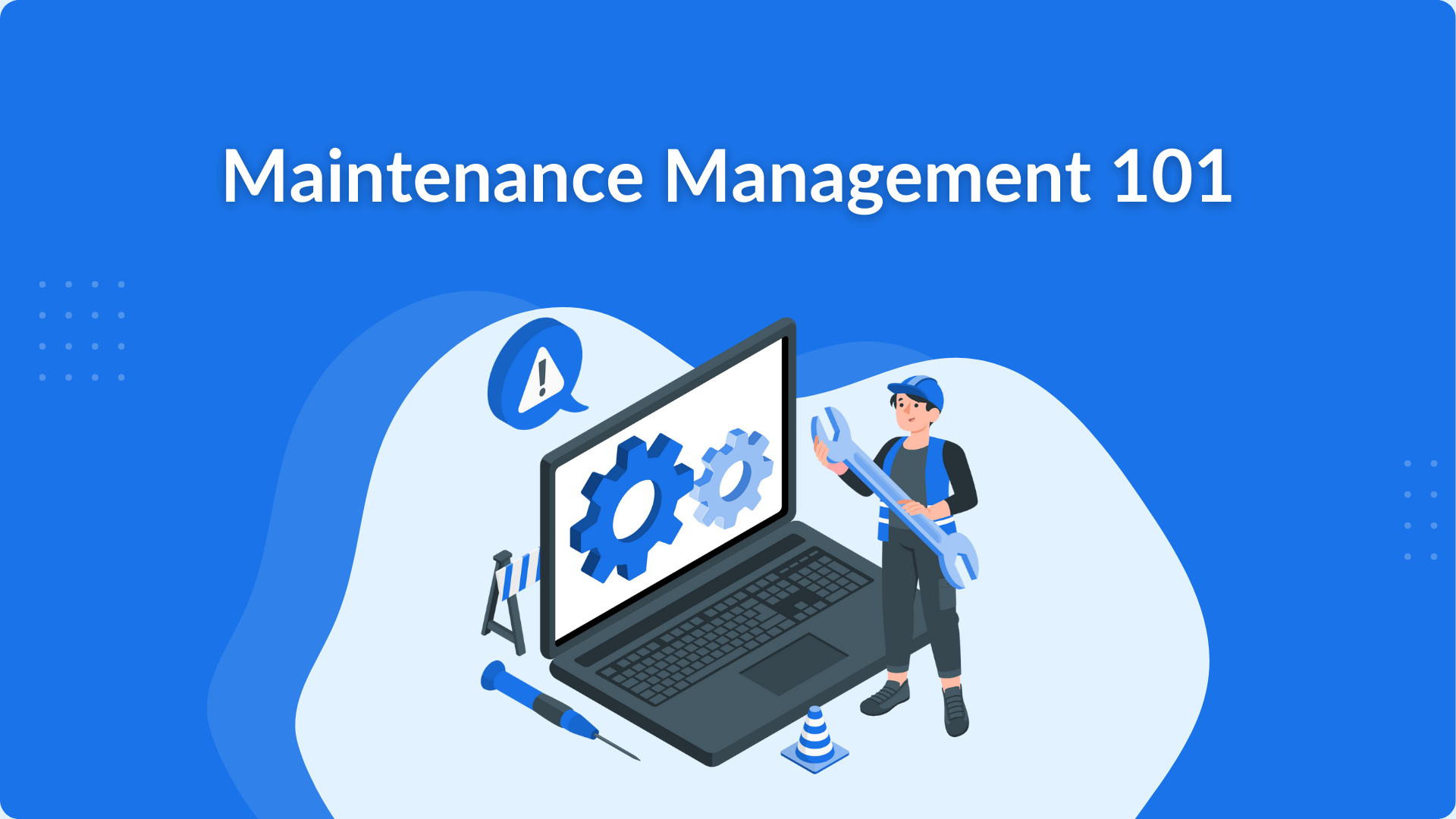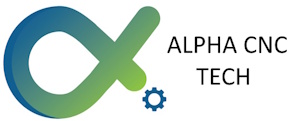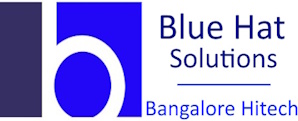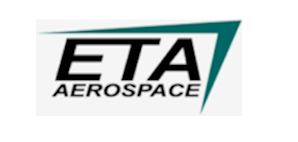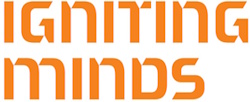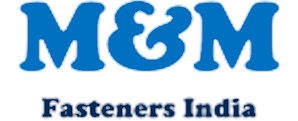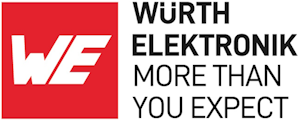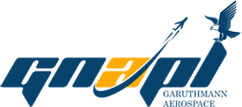🛠️ Maintenance and Tool Management
Maintenance and Tool Management is a critical pillar in manufacturing operations, ensuring that equipment, tools, and infrastructure remain in optimal condition. It combines strategic planning, preventive care, and real-time monitoring to minimize downtime, extend asset life, and enhance productivity.
🔧 What Is Maintenance Management?
Maintenance Management refers to the systematic approach to planning, executing, and tracking maintenance activities across all assets and tools. It encompasses both preventive and corrective strategies to ensure machinery and tools operate safely and efficiently.
🧭 Objectives
- Maximize equipment uptime and reliability
- Reduce unplanned breakdowns and repair costs
- Ensure compliance with safety and regulatory standards
- Optimize resource allocation and maintenance schedules
🧪 Tool Management Overview
Tool Management focuses on the organization, tracking, calibration, and preservation of tools used in production and maintenance. It ensures that tools are available, functional, and safe to use—supporting seamless operations and reducing delays.
🧩 Key Functions
- Inventory Control: Maintain accurate records of tool availability and usage
- Tool Identification: Assign unique IDs, color codes, or RFID tags for easy tracking
- Storage Systems: Implement structured racks and cabinets for safe storage
- Calibration Scheduling: Ensure precision tools meet performance standards
- Preventive Maintenance: Regular servicing to extend tool lifespan
🧠 How It Works in ERP Systems
- Real-time tracking of tools and equipment status
- Automated alerts for scheduled maintenance or calibration
- Digital history cards for each tool, recording usage, servicing, and ownership
- Work order management for assigning and monitoring maintenance tasks
- Analytics dashboards to evaluate performance, costs, and downtime trends
🚀 Benefits
- Improved Operational Efficiency: Tools and equipment are always ready for use
- Reduced Downtime: Proactive maintenance prevents unexpected failures
- Enhanced Safety: Well-maintained tools reduce risk of accidents
- Cost Savings: Avoids emergency repairs and extends asset life
- Transparency & Accountability: Clear records and tracking foster team collaboration
📋 Best Practices
- Use checklists for preventive maintenance routines
- Maintain tool history cards for tracking lifecycle and servicing
- Implement barcode or RFID systems for tool tracking
- Schedule calibration based on usage frequency and manufacturer guidelines
- Train staff on proper handling and storage protocols

